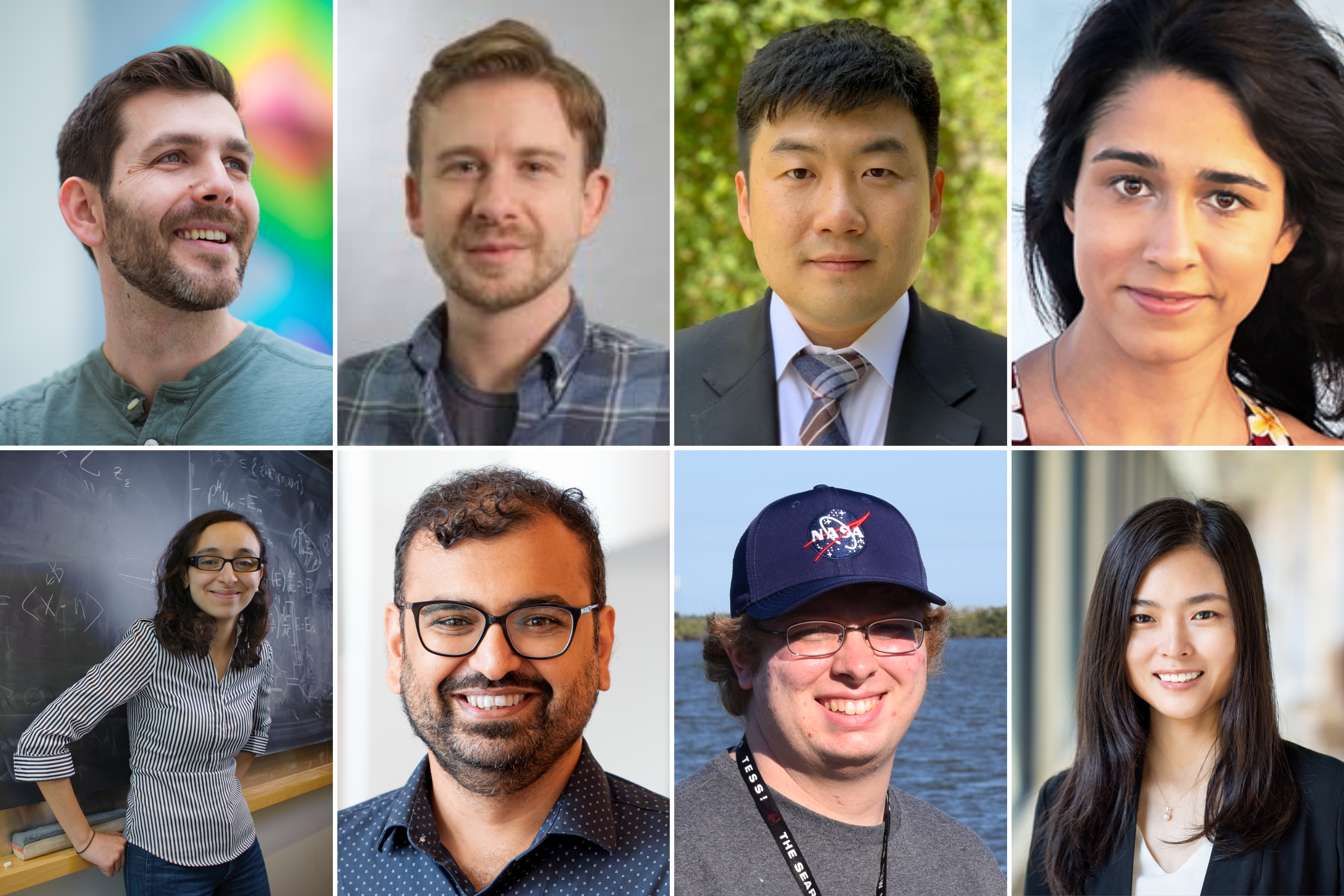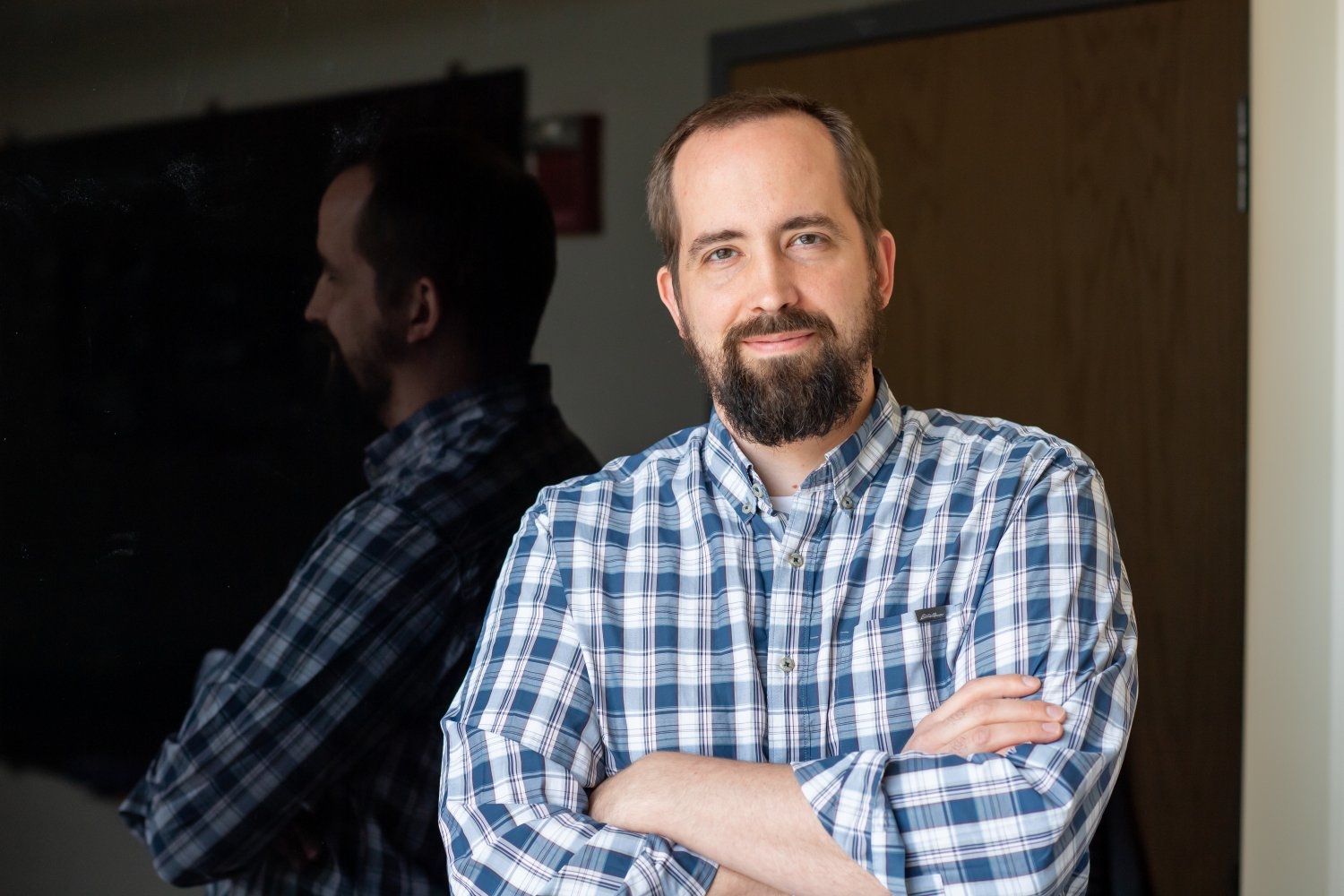Eight from MIT named 2024 Sloan Research Fellows
Professor Xiao Wang is among those honored for creativity, innovation, and research accomplishments.
Eight members of the MIT faculty are among 126 early-career researchers honored with 2024 Sloan Research Fellowships by the Alfred P. Sloan Foundation. Representing the departments of Chemistry, Electrical Engineering and Computer Science, and Physics, and the MIT Sloan School of Management, the awardees will receive a two-year, $75,000 fellowship to advance their research.
“Sloan Research Fellowships are extraordinarily competitive awards involving the nominations of the most inventive and impactful early-career scientists across the U.S. and Canada,” says Adam F. Falk, president of the Alfred P. Sloan Foundation. “We look forward to seeing how fellows take leading roles shaping the research agenda within their respective fields.”
Jacob Andreas is an associate professor in the Department of Electrical Engineering and Computer Science (EECS) as well as the Computer Science and Artificial Intelligence Laboratory (CSAIL). His research aims to build intelligent systems that can communicate effectively using language and learn from human guidance. Jacob has been named a Kavli Fellow by the National Academy of Sciences, and has received the NSF CAREER award, MIT’s Junior Bose and Kolokotrones teaching awards, and paper awards at ACL, ICML and NAACL.
Adam Belay, Jamieson Career Development Associate Professor of EECS in CSAIL, focuses on operating systems and networking, specifically developing practical and efficient methods for microsecond-scale distributed computing, which has many applications pertaining to resource management in data centers. His operating system, Caladan, reallocates server resources on a microsecond scale, resulting in high CPU utilization with low tail latency. Additionally, Belay has contributed to load balancing, and Application-Integrated Far Memory in OS designs.
Soonwon Choi, assistant professor of physics, is a researcher in the Center for Theoretical Physics, a division of the Laboratory for Nuclear Science. His research is focused on the intersection of quantum information and out-of-equilibrium dynamics of quantum many-body systems, specifically exploring the dynamical phenomena that occur in strongly interacting quantum many-body systems far from equilibrium and designing their novel applications for quantum information science. Recent contributions from Choi, recipient of the Inchon Award, include the development of simple methods to benchmark the quality of analog quantum simulators. His work allows for efficiently and easily characterizing quantum simulators, accelerating the goal of utilizing them in studying exotic phenomena in quantum materials that are difficult to synthesize in a laboratory.
Maryam Farboodi, the Jon D. Gruber Career Development Assistant Professor of Finance in the MIT Sloan School of Management, studies the economics of big data. She explores how big data technologies have changed trading strategies and financial outcomes, as well as the consequences of the emergence of big data for technological growth in the real economy. She also works on developing methodologies to estimate the value of data. Furthermore, Farboodi studies intermediation and network formation among financial institutions, and the spillovers to the real economy. She is also interested in how information frictions shape the local and global economic cycles.
Lina Necib PhD ’17, an assistant professor of physics and a member of the MIT Kavli Institute for Astrophysics and Space Research, explores the origin of dark matter through a combination of simulations and observational data that correlate the dynamics of dark matter with that of the stars in the Milky Way. She has investigated the local dynamic structures in the solar neighborhood using the Gaia satellite, contributed to building a catalog of local accreted stars using machine learning techniques, and discovered a new stream called Nyx. Necib is interested in employing Gaia in conjunction with other spectroscopic surveys to understand the dark matter profile in the local solar neighborhood, the center of the galaxy, and in dwarf galaxies.
Arvind Satyanarayan in an assistant professor of computer science and leader of the CSAIL Visualization Group. Satyanarayan uses interactive data visualization as a petri dish to study intelligence augmentation, asking how computational representations and software systems help amplify our cognition and creativity while respecting our agency. His work has been recognized with an NSF CAREER award, best paper awards at academic venues such as ACM CHI and IEEE VIS, and honorable mentions among practitioners including Kantar’s Information is Beautiful Awards. Systems he helped develop are widely used in industry, on Wikipedia, and in the Jupyter/Python data science communities.
Assistant professor of physics and a member of the Kavli Institute Andrew Vanderburg explores the use of machine learning, especially deep neural networks, in the detection of exoplanets, or planets which orbit stars other than the sun. He is interested in developing cutting-edge techniques and methods to discover new planets outside of our solar system, and studying the planets we find to learn their detailed properties. Vanderburg conducts astronomical observations using facilities on Earth like the Magellan Telescopes in Chile as well as space-based observatories like the Transiting Exoplanet Survey Satellite and the James Webb Space Telescope. Once the data from these telescopes are in hand, they develop new analysis methods that help extract as much scientific value as possible.
Xiao Wang is a core institute member of the Broad Institute of MIT and Harvard, and the Thomas D. and Virginia Cabot Assistant Professor of Chemistry. She started her lab in 2019 to develop and apply new chemical, biophysical, and genomic tools to better probe and understand tissue function and dysfunction at the molecular level. Specifically, with in situ sequencing of nucleic acids as the core approach, Wang aims to develop high-resolution and highly-multiplexed molecular imaging methods across multiple scales toward understanding the physical and chemical basis of brain wiring and function. She is the recipient of a Packard Fellowship, NIH Director’s New Innovator Award, and is a Searle Scholar.





